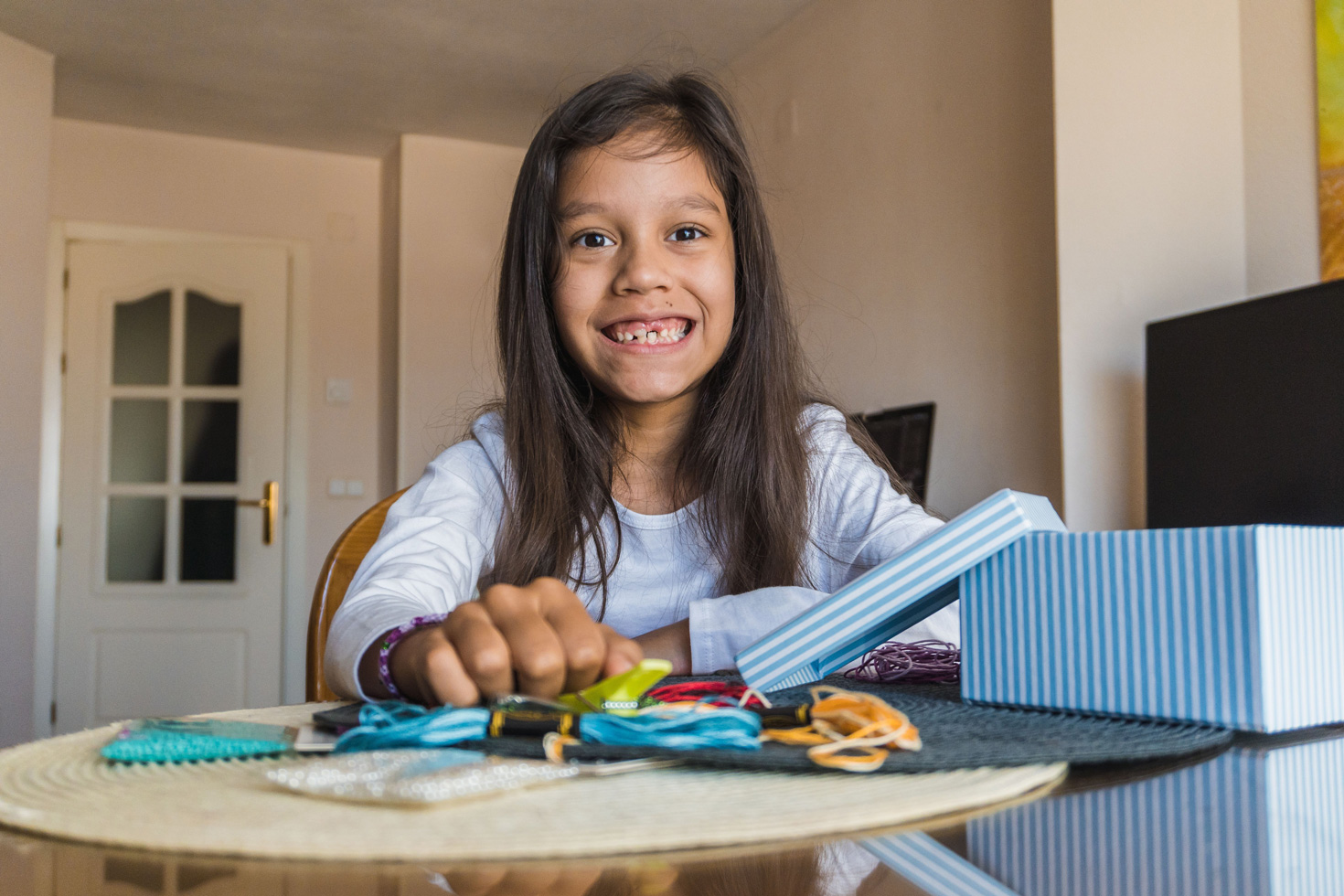 My Cart0
My Cart0

How is Autism Different in Girls and Women?
For many years, autism spectrum disorder (ASD) was largely understood through a male-centric lens, as it was assumed that autism is more prevalent in men. However, these days, researchers are challenging this assumption, arguing that the signs of autism are simply different in girls and women.
Exploring the Autism Diagnosis Disparity Between Genders
There is still no concrete conclusion as to why more boys and men are three times more likely to receive an autism diagnosis than girls and women. However, many assumptions or theories have been brought forward to potentially explain the disparities:
- There may be a distinct ‘female autism profile,’ meaning that autistic traits in girls and women often differ from the traditional understanding of autism.
- Standard autism assessments may not be as effective at identifying traits that are more commonly seen in females.
- Girls and women are also more likely to ‘camouflage’ or hide their autistic traits to blend in socially.
- Teachers tend to overlook or under-report autistic traits in girls.
- Various biological and environmental influences could contribute to a higher rate of autism in males.
- The “extreme male brain” theory suggests that elevated levels of foetal testosterone may affect brain development and be linked to autism.
Do Autistic Traits Manifest Uniquely in Females?
Generally, autism spectrum disorder (ASD) can manifest differently from person to person. However, longstanding stereotypes about autism have led many to associate the condition primarily with boys. As a result, many girls and women are either misdiagnosed, diagnosed late in life, or overlooked entirely.
These diagnostic gaps stem from a misunderstanding of how autism presents in females. Girls and women may exhibit traits that don’t match traditional male-centric criteria, causing them to slip through the cracks. Recognising these unique traits is essential for timely diagnosis and effective intervention, where early support could improve outcomes.
Signs of Autism in Girls and Women
According to UCLA Health, autism in girls often includes patterns and behaviours that differ from those typically seen in boys. Some common characteristics include:
- Fewer Social Difficulties: Compared to boys with autism, girls tend to exhibit more sensory-related signs and fewer challenges with communication. They are generally more socially inclined, often seeking out friendships and finding ways to engage in conversations.
- Internalised Symptoms: While boys with autism may display more outward behaviours such as hyperactivity, aggression, or conduct issues, girls are more likely to internalise their struggles. This often leads to anxiety or depression and may be mistaken for shyness, a trait that is more socially accepted in girls.
- Typical Restricted Interests: Both boys and girls with autism usually have intense or focused interests. However, in girls, these interests often align with those commonly shared by their peers, like animals or celebrities, which can cause these behaviours to go unnoticed.
Camouflaging Autistic Traits in Girls and Women
One of the most distinctive differences in how autism presents in females is the prevalence of camouflaging behaviours. Women and girls often go to great lengths to suppress their autistic traits to fit in socially, especially in environments like school or work.
Girls with autism are often more aware of their social difficulties and may put significant effort into observing how other girls interact in order to blend in. This is especially common among girls who do not have intellectual difficulties.
According to a paediatric psychologist from the Cleveland Clinic, Meagan Adley, PsyD, research found that girls may display more interest, and their repetitive behaviours or restricted interests are often subtler. This could make it more difficult for healthcare professionals to recognise and diagnose autism.
For instance, while children with autism typically prefer playing alone rather than joining group activities, girls in the study were more likely to try to “mask” this preference. They might still play by themselves, but stay near the group or occasionally join in and out of the play.
In contrast, boys were more likely to play alone at a distance, making their social withdrawal more noticeable to adults.
Given these subtle signs, it is more important than ever for parents to observe their children closely and recognise early indicators of autism, no matter how inconspicuous they may appear. That way, their child can have the early intervention they need to cope with their condition as they develop.
Voices from the Spectrum: Experiences of Girls and Women with Autism
Navigating life with autism can be especially complex for girls and women, but they are not alone. Many individuals are embracing their identity and using their voices to raise awareness, foster understanding, and inspire others on similar journeys.
Check out these few powerful perspectives from women who have courageously shared their lived experiences:
“Girls and women with autism: You’re fine exactly as you are. Yes, you’re a bit weird, but that’s perfectly alright.”
— Sarah Hendrickx, Author of Women and Girls with Autism Spectrum Disorder
“I don’t think there’s an inherent difference between autistic men and women. However, there is a difference in how society treats and socialises males and females.”
— Dr Kate Fox, Stories from the Spectrum
These voices serve as important reminders that every autistic experience is unique and that being different is something to be valued, not hidden.
Supporting Girls and Women on the Autism Spectrum
When signs of autism are detected in toddlers or young children, early support can make a meaningful difference in their development. This is especially crucial for girls, whose signs may not be as obvious or easily mistaken for shyness, anxiety, or other conditions. Because autistic traits in girls often present differently from boys, delays in diagnosis are common, which could result in missed opportunities for early intervention and tailored support during critical developmental years.
Understanding and recognising these differences is the first step in providing appropriate care. Girls on the autism spectrum may struggle silently with sensory sensitivities, emotional regulation, or social connection while appearing outwardly “typical” in structured settings. That’s why it’s vital to work with an early intervention centre that acknowledges the unique ways autism manifests in both genders and offers personalised approaches that go beyond a one-size-fits-all model.
At Exploring Mates, we provide autism therapy in Singapore that is thoughtfully customised to each child’s profile. Our programmes include in-home therapy, school readiness support, and speech-language development, all aimed at building essential skills in communication, emotional well-being, and socialisation. We are committed to working alongside families as they navigate each stage of the autism journey, ensuring every child receives the tools and care they need to thrive.







